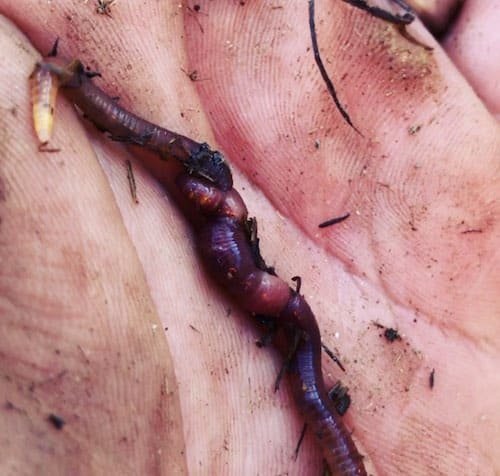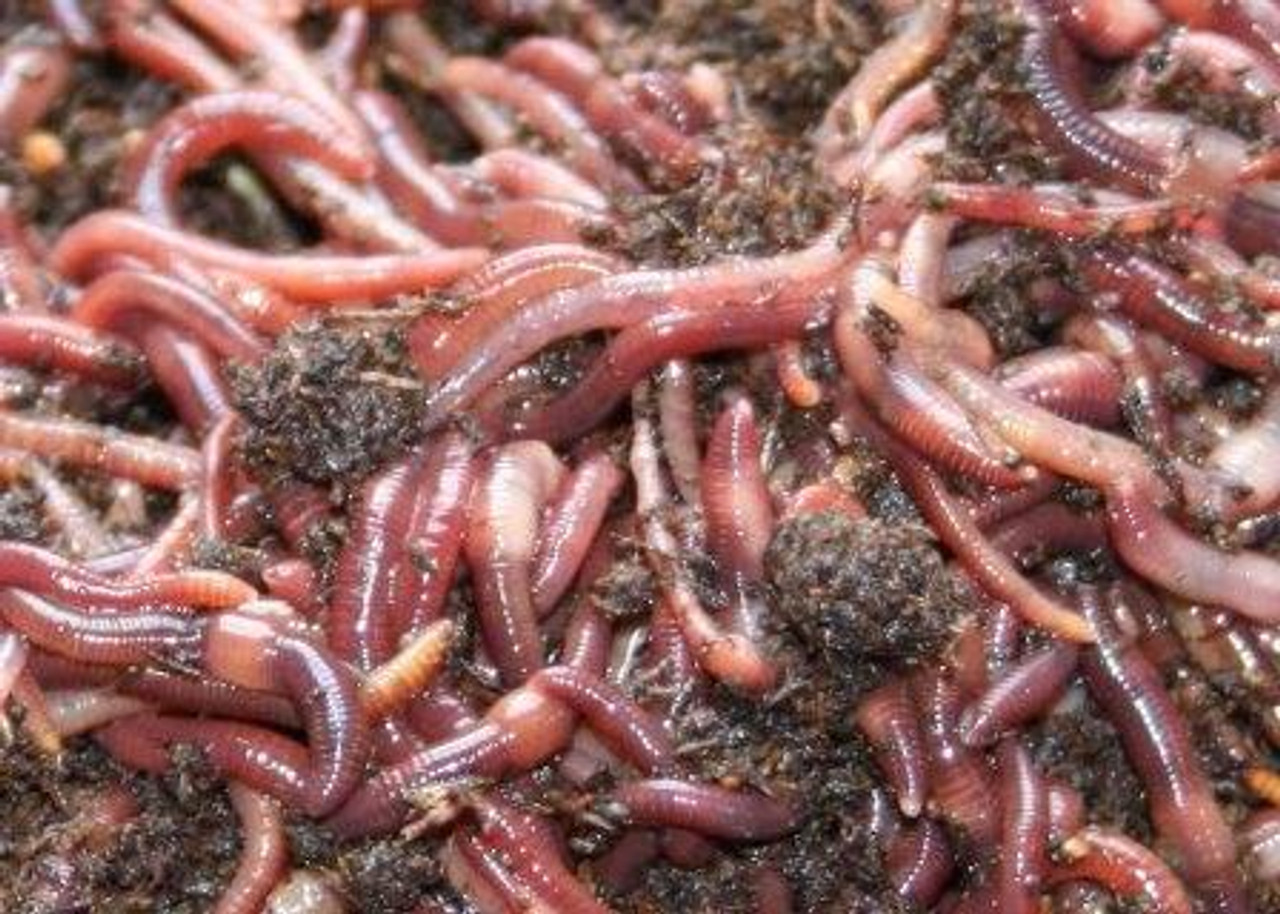Discover the Benefits of Red Wigglers: Nature's Finest Soil Enrichers
These organisms not only stand out in damaging down natural waste yet also substantially boost dirt top quality, creating a prospering ecosystem conducive to plant growth. The concern continues to be: just how can we efficiently integrate these soil enrichers right into our horticulture regimens to optimize their possibility?
What Are Red Wigglers?
What precisely are red wigglers? Red wigglers, medically recognized as Eisenia fetida, are a varieties of earthworm renowned for their role in vermicomposting.
Red wigglers possess a high reproductive rate, enabling populations to grow rapidly in suitable problems. They take in organic matter, including kitchen scraps and backyard waste, simplifying right into nutrient-rich castings that enhance soil fertility. Unlike other earthworm species, red wigglers choose a cooler atmosphere and can tolerate high raw material web content, that makes them suitable for composting systems.
These worms are frequently used in home gardens, commercial farming, and waste administration systems because of their effectiveness in recycling nutrients and boosting soil structure - Lake Hickory Bait. Their visibility in a compost bin signifies a healthy and balanced ecological community, as they aid stabilize dampness degrees and aerate the substrate. Comprehending the biology and behavior of red wigglers is crucial for optimizing their benefits in lasting farming and gardening practices
Advantages of Vermicomposting
Vermicomposting, the process of making use of red wigglers to disintegrate organic waste, provides numerous benefits for both home gardeners and large agricultural procedures. Among the primary advantages is the reliable recycling of organic products, which reduces garbage dump waste and adds to a more lasting setting. By converting kitchen area scraps and backyard waste into nutrient-rich compost, vermicomposting advertises a round economic climate within households and neighborhoods.
Red wigglers eliminate a substance known as worm castings, which is rich in helpful microbes. The presence of red wigglers in compost systems assists manage dampness degrees and boosts aeration, creating a much healthier atmosphere for decay.
The procedure is additionally fairly reduced maintenance, making it accessible for individuals with limited gardening experience. By using vermicomposting, customers can cultivate a sustainable method that not just improves their yards but also promotes a much deeper link with ecological stewardship. Generally, the advantages of vermicomposting prolong past mere waste reduction, contributing to much healthier environments and improved farming techniques.

Enhancing Dirt Quality
Enhancing soil high quality via the incorporation of red wigglers dramatically advantages both home yards and farming landscapes. These earthworms play a critical role in the soil ecosystem by breaking down organic matter and assisting in the disintegration procedure. As they take in organic waste, they generate nutrient-rich spreadings that function as a natural fertilizer, improving the dirt's nutrient web content and structure.

(Red Wiggler Express)On top of that, red wigglers boost the dirt's capacity to preserve moisture, decreasing the requirement for regular watering and guaranteeing that plants get a constant supply of hydration. This wetness retention is especially helpful in drought-prone locations, producing a more resilient garden or farming setup. In general, integrating red wigglers into soil management techniques brings about enriched dirt that supports lasting horticulture and farming efforts.
Improving Plant Growth
The presence of red wigglers in soil substantially increases plant growth, working as all-natural drivers for much healthier greenery. These earthworms enhance the dirt structure, advertising far better oygenation and drainage. Lake Hickory Bait. As they delve via the soil, they create networks that promote origin penetration, permitting plants to gain access to necessary nutrients and water better
Additionally, red wigglers add to the nutrient cycle by damaging down organic issue right into nutrient-rich castings. These castings are abundant in nitrogen, phosphorus, and potassium, the main nutrients required for plant wellness. Their slow-release nature makes sure that plants can take in these nutrients in time, decreasing the risk of nutrient leaching and providing continual assistance for growth.

How to Utilize Red Wigglers
Although lots of garden enthusiasts might be not aware, including red wigglers right into their horticulture techniques can significantly enhance soil fertility and structure. These earthworms, understood clinically as Eisenia fetida, prosper in garden compost and natural matter, making them optimal for vermicomposting systems. To begin utilizing red wigglers, establish a vermicomposting bin that is well-ventilated and consists of a bed linen product such anchor as shredded paper, cardboard, or coconut coir.
Include cooking area scraps like veggie peels, coffee premises, and crushed eggshells to offer a balanced diet for the worms. Avoid including meat, milk, and oily foods, as these can draw in bugs. On a regular basis check dampness degrees; the bed linen ought to remain damp but not soggy.
As the worms take in the organic waste, they generate nutrient-rich spreadings that can be harvested and blended into yard soil or made use of as a plant food. A general standard is to use one component worm castings to 3 parts dirt for ideal outcomes. Additionally, red wigglers can be presented directly right into garden beds to promote natural oygenation and improve microbial activity, thereby advertising healthier plant development and enhanced soil top quality.
Final Thought
Finally, the assimilation of red wigglers into composting methods offers considerable benefits for soil enrichment and plant wellness. Their effective decomposition of raw material enhances dirt framework, moisture retention, and microbial task. By using these remarkable microorganisms, gardeners can advertise a sustainable ecological community that promotes healthy and balanced plant growth and makes the most of vitamins and mineral accessibility. Welcoming vermicomposting not only contributes to ecological sustainability but additionally supports the farming of thriving yards, demonstrating the essential function of red wigglers in ecological balance.